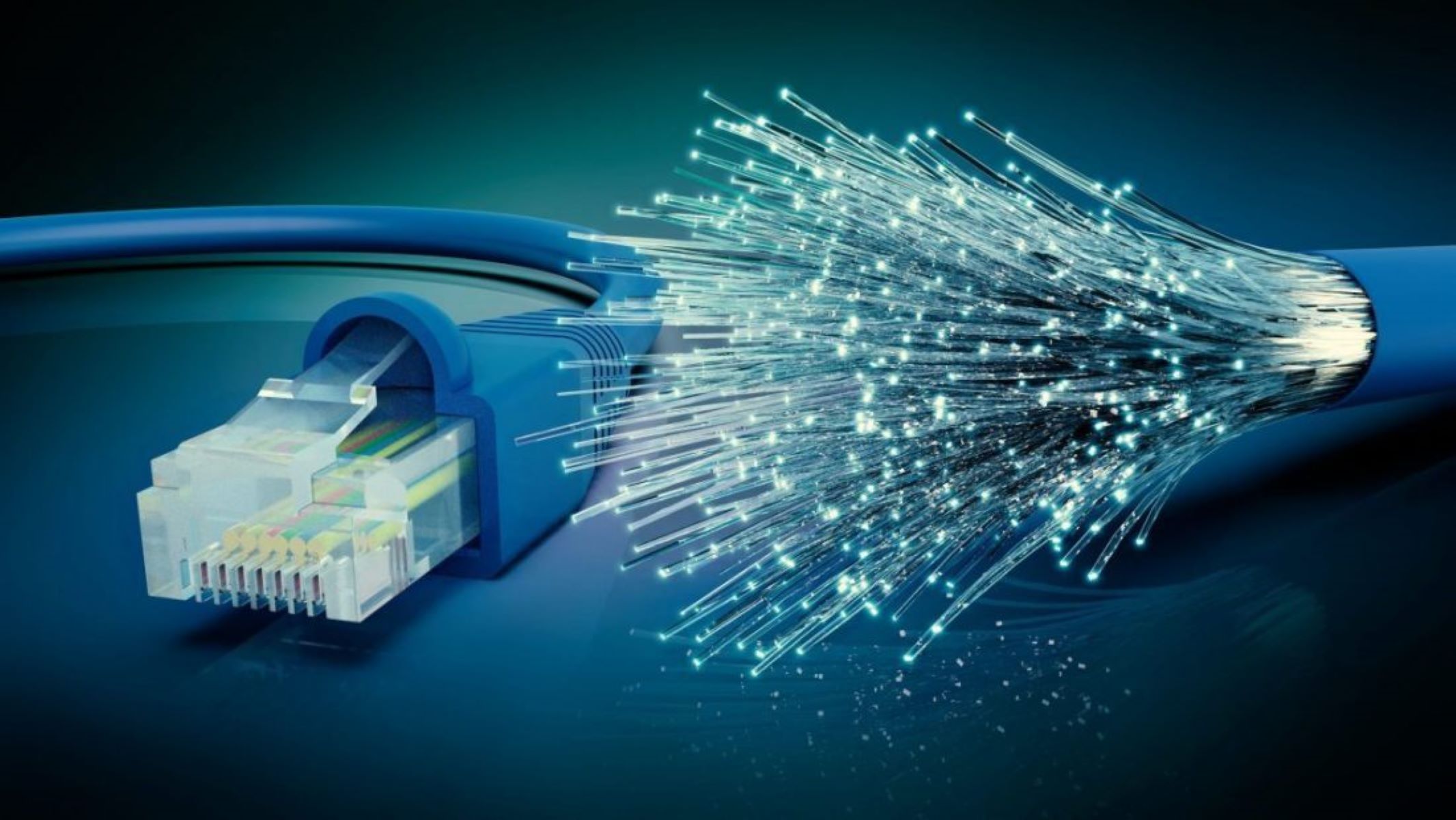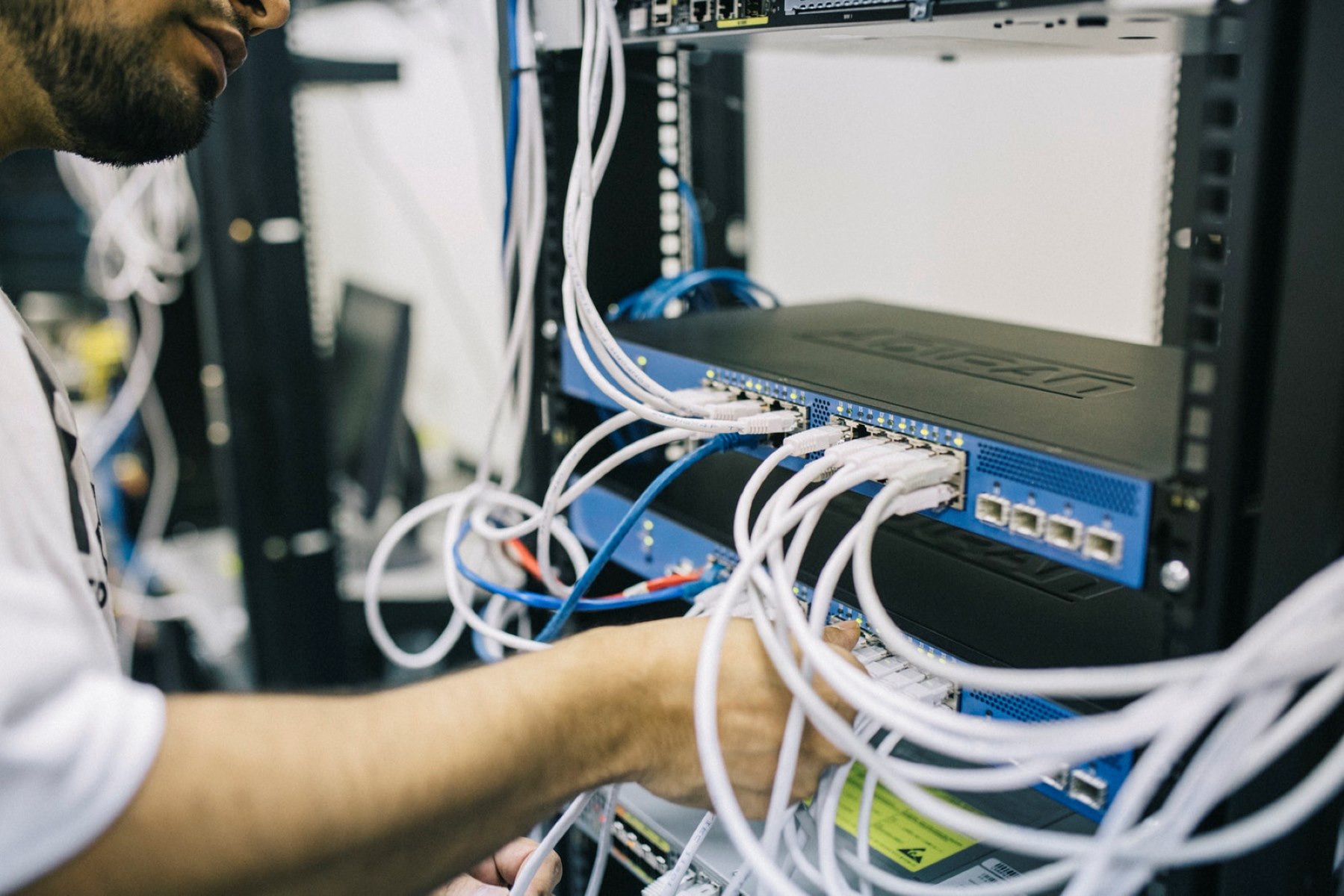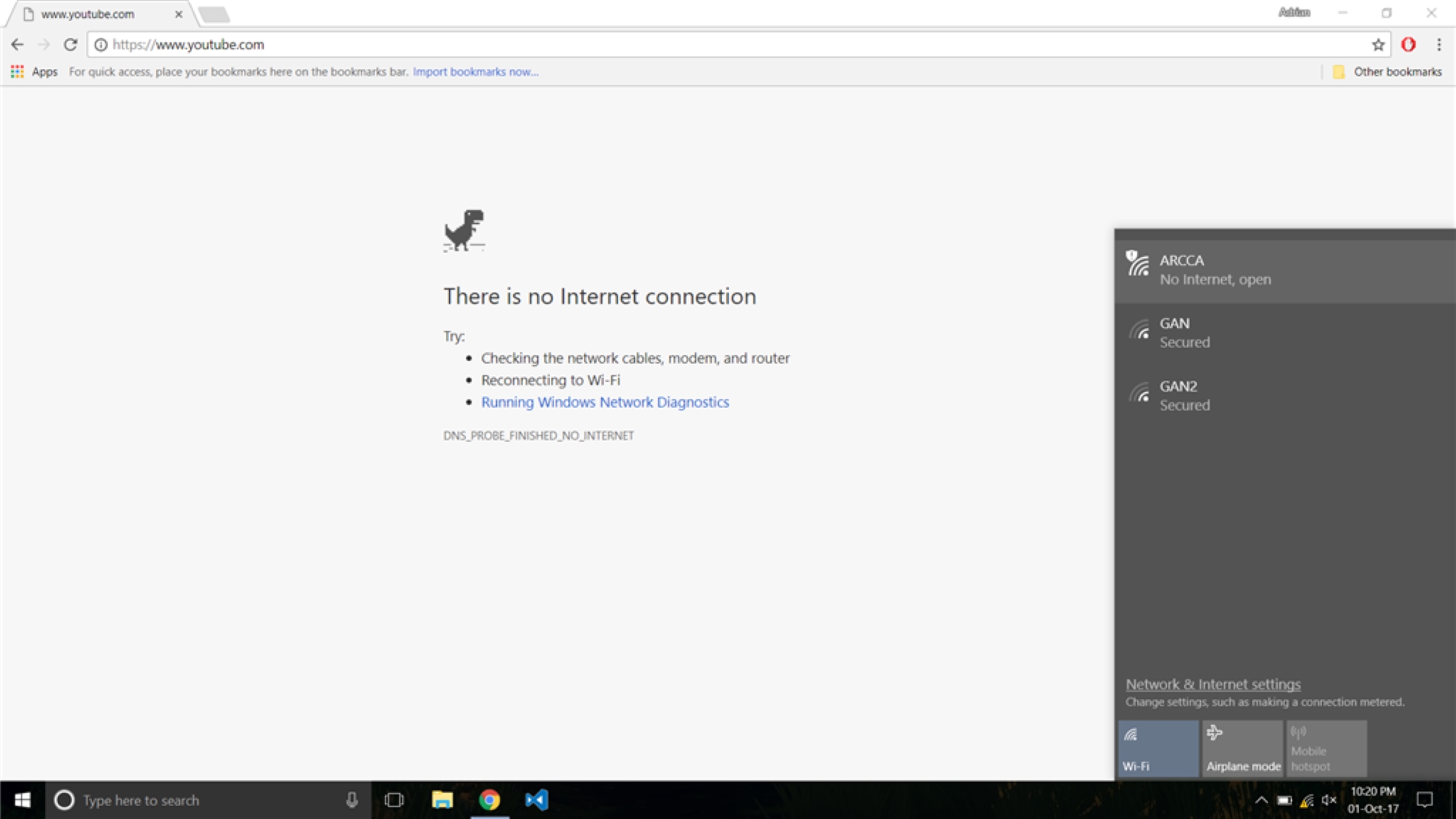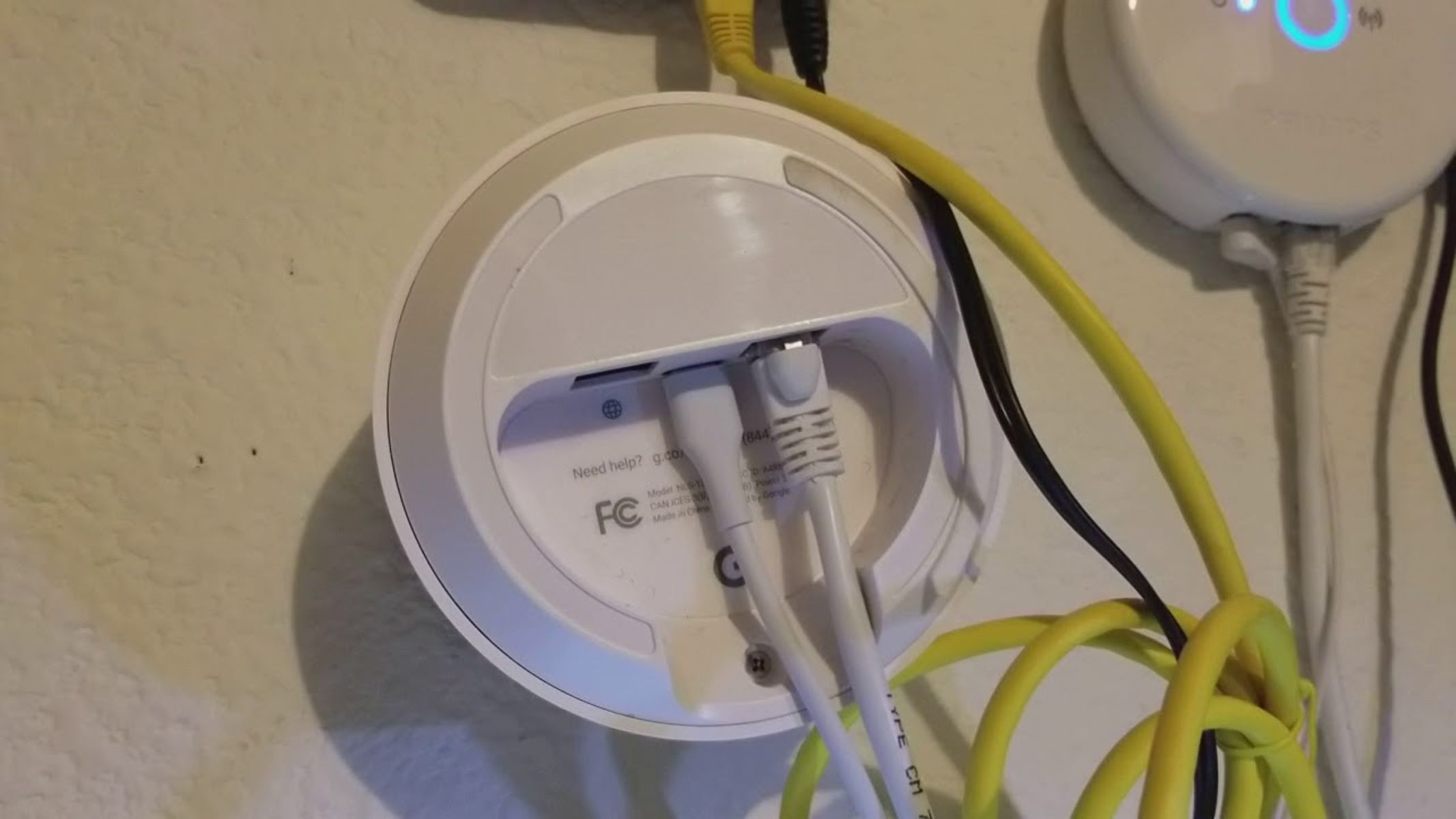Introduction
Ethernet IP is a widely used industrial Ethernet protocol that enables communication between various devices and systems in industrial automation and control applications. It utilizes the Ethernet technology, which is the most common networking technology used for data communication in modern computer networks. Ethernet IP makes it possible for different devices, such as programmable logic controllers (PLCs), human-machine interfaces (HMIs), and sensors, to exchange data and coordinate their actions seamlessly.
In the world of industrial automation, Ethernet IP has become the de facto standard due to its versatility, reliability, and high performance. It allows real-time data exchange, enables remote monitoring and control, and facilitates seamless integration with other industrial protocols. With Ethernet IP, industrial facilities can streamline their operations, improve efficiency, and achieve enhanced productivity.
This article will provide a comprehensive overview of Ethernet IP, including its definition, history, working principles, advantages, applications, and differences compared to other industrial Ethernet protocols. Additionally, it will address common issues and troubleshooting techniques related to Ethernet IP. By the end, readers will have a clear understanding of Ethernet IP and its importance in the field of industrial automation.
Definition of Ethernet IP
Ethernet IP, also known as EtherNet/IP, is an industrial Ethernet protocol that provides the foundation for communication and data exchange among different devices in industrial automation systems. It is an open standard protocol developed by Rockwell Automation and is based on the Common Industrial Protocol (CIP) and the Ethernet technology.
Ethernet IP allows for seamless communication between devices such as PLCs, HMIs, drives, robots, sensors, and other industrial devices. It uses the TCP/IP protocol suite to transmit data packets over Ethernet networks, enabling real-time and reliable data exchange.
One of the key features of Ethernet IP is its ability to support both control and information exchange. It allows for the exchange of specific control commands, such as read, write, and execute operations, as well as the transfer of data for monitoring, diagnostics, and configuration purposes. This dual functionality makes Ethernet IP a flexible and versatile protocol for industrial automation systems.
Ethernet IP operates at the application layer of the OSI model and utilizes a client-server architecture. Devices on the network assume either the client or server role, with clients requesting data or services from servers. This client-server model provides a structured and organized approach to communication, ensuring efficient and reliable data exchange.
In terms of physical connectivity, Ethernet IP can operate over various physical media, including twisted-pair copper cables, fiber-optic cables, and wireless connections. This flexibility allows for easy integration into existing industrial networks and facilitates communication over long distances.
Overall, Ethernet IP is an essential protocol in the field of industrial automation, providing a standardized and reliable method for devices to communicate and exchange data. Its adoption has increased significantly in industries worldwide, resulting in improved productivity, automation, and control in industrial processes.
History of Ethernet IP
The history of Ethernet IP dates back to the early 1990s when the need for a standard industrial Ethernet protocol emerged in the automation industry. Prior to the development of Ethernet IP, various proprietary communication protocols were used, leading to compatibility issues and limited interoperability between different devices and systems.
In 1996, Rockwell Automation, a leading provider of industrial automation solutions, introduced a new protocol called EtherNet/IP. It was designed to be an open standard protocol based on the Common Industrial Protocol (CIP) and the widely adopted Ethernet technology. The goal was to create a standardized, vendor-neutral protocol that could facilitate seamless communication and data exchange in industrial automation systems.
Rockwell Automation collaborated with other leading companies in the industry, including Schneider Electric, Omron, and ABB, to develop and promote Ethernet IP as a global standard. This collaboration resulted in the establishment of the Open DeviceNet Vendors Association (ODVA), now known as ODVA, Inc., as the governing body responsible for the development and maintenance of Ethernet IP and other CIP-based protocols.
Over the years, Ethernet IP has experienced significant growth and adoption in various industries. The protocol has evolved and expanded its capabilities to meet the changing needs of industrial automation. With each new version, enhancements were made to improve performance, security, and interoperability.
The widespread adoption of Ethernet IP can be attributed to its numerous advantages over traditional fieldbus systems. Ethernet IP offers higher data transfer rates, enabling real-time and high-speed communication between devices. It provides flexibility in terms of network topology and physical media, allowing for easy integration and scalability. Furthermore, Ethernet IP leverages the existing Ethernet infrastructure, reducing implementation costs and simplifying network management.
Today, Ethernet IP continues to be a leading industrial Ethernet protocol, supported by a vast ecosystem of devices, equipment, and software tools. Its usage spans across various industries, including manufacturing, automotive, oil and gas, food and beverage, and many others. With advancements in technology, Ethernet IP is expected to play a crucial role in the future of industrial automation, enabling more sophisticated and interconnected systems.
How Ethernet IP Works
Ethernet IP utilizes the power of the Ethernet technology to enable seamless communication and data exchange between devices in industrial automation systems. It operates on the principle of a client-server architecture, where devices on the network assume either the client or server role.
At its core, Ethernet IP is based on the Common Industrial Protocol (CIP), which defines the structure and format of the data exchanged between devices. CIP provides a consistent framework for device integration and interoperability, ensuring that different devices can understand and interpret the data correctly.
When a device wants to communicate with another device over Ethernet IP, it initiates a connection request by becoming a client. The client sends a request to the server, specifying the type of command or data it requires. The server, which is responsible for providing the requested information, processes the request and sends a response back to the client.
To facilitate this communication, Ethernet IP uses a variety of protocols and services. The most common protocol used is the Transmission Control Protocol/Internet Protocol (TCP/IP), which is responsible for packetizing the data, ensuring its reliable transmission, and establishing a connection between the client and server.
Additionally, Ethernet IP employs other protocols such as the User Datagram Protocol (UDP) for real-time and low-latency communication, the Address Resolution Protocol (ARP) for resolving IP addresses to MAC addresses, and the Internet Control Message Protocol (ICMP) for network troubleshooting and diagnostics.
To transmit data over Ethernet IP, devices use Ethernet frames that contain the CIP message encapsulated within. The frames are transmitted over the physical medium, such as twisted-pair copper or fiber-optic cables, in the form of electrical signals or light pulses. These signals are then received by the destination device, where the CIP message is extracted and processed.
Ethernet IP supports various communication modes, including explicit messaging and implicit messaging. Explicit messaging involves the exchange of specific requests and responses between devices, allowing for precise control and data exchange. Implicit messaging, on the other hand, involves the continuous exchange of data between devices without explicit requests, making it suitable for data monitoring and continuous control.
Overall, the working of Ethernet IP is based on the principles of client-server communication, the utilization of various protocols and services, and the encapsulation of data within Ethernet frames. This robust framework ensures reliable and efficient data exchange, enabling the seamless integration of devices in industrial automation systems.
Advantages of Using Ethernet IP
Ethernet IP offers numerous advantages that make it the preferred choice for industrial automation systems. These advantages contribute to improved efficiency, flexibility, and reliability in communication and data exchange. Here are some key advantages of using Ethernet IP:
- Standardization: Ethernet IP is an open protocol that has been standardized and widely adopted in the industry. This standardization ensures compatibility and interoperability between different devices from various manufacturers, simplifying integration and reducing complications.
- High Performance: Ethernet IP is capable of delivering high-speed communication, offering data transfer rates of up to gigabit per second. This enables real-time control and monitoring, facilitating rapid decision-making and enhancing system responsiveness.
- Scalability: Ethernet IP allows for easy network expansion and scalability. Additional devices can be easily added to the network without requiring major infrastructure changes. This scalability makes it suitable for systems of all sizes, from small-scale applications to large industrial setups.
- Flexibility: With Ethernet IP, devices can be connected in various network topologies, including star, ring, or daisy-chain configurations. It supports both wired and wireless connections, providing flexibility in physical connectivity options. This flexibility allows for seamless integration into existing networks and the ability to adapt to changing requirements.
- Integration with IT Networks: Ethernet IP leverages the existing Ethernet infrastructure used in office networks, making it easier to integrate industrial systems with IT networks. This integration allows for efficient sharing of data between different departments and facilitates easy access to information for analysis and decision-making.
- Remote Monitoring and Control: Ethernet IP enables remote monitoring and control of industrial processes and equipment. This capability allows for real-time access to data, remote configuration, and troubleshooting, reducing the need for physical presence at the site and improving overall operational efficiency.
- Enhanced Diagnostics and Troubleshooting: Ethernet IP provides advanced diagnostic capabilities, allowing for proactive maintenance and troubleshooting. Device status, performance data, and error messages can be easily accessed and analyzed, enabling early detection and resolution of issues.
- Cost-Effective: Ethernet IP offers cost savings in terms of installation, maintenance, and equipment costs. It utilizes widely available Ethernet hardware and software, reducing the need for specialized and proprietary equipment. Additionally, the scalability of Ethernet IP eliminates the need for costly upgrades when expanding the network.
These advantages highlight the importance and benefits of using Ethernet IP in industrial automation systems. Its standardization, high performance, scalability, flexibility, integration capabilities, remote access, enhanced diagnostics, and cost-effectiveness make Ethernet IP an ideal choice for efficient and reliable communication in a wide range of industrial applications.
Applications of Ethernet IP
Ethernet IP finds wide-ranging applications in various industries where reliable and efficient communication is crucial for industrial automation. Its versatility and interoperability make it suitable for diverse applications. Here are some notable applications of Ethernet IP:
- Manufacturing: Ethernet IP is extensively used in manufacturing industries for machine control and production automation. It enables seamless communication between PLCs, HMIs, robots, and other devices, facilitating efficient production processes and improving overall productivity.
- Oil and Gas: In the oil and gas industry, Ethernet IP is utilized for supervisory control and data acquisition (SCADA) systems, remote monitoring of drilling operations, and controlling pumping stations. It ensures reliable and real-time data exchange for efficient operation and maintenance of oil and gas facilities.
- Automotive: Ethernet IP is employed in the automotive industry for vehicle assembly lines, quality control, and production optimization. It allows for centralized control and coordination of various processes, ensuring smooth operations and high-quality production.
- Food and Beverage: Ethernet IP plays a vital role in the food and beverage industry, facilitating automation and control of food processing, packaging, and material handling. It ensures accurate and real-time data exchange, enabling efficient production, traceability, and compliance with food safety standards.
- Pharmaceuticals: Ethernet IP is applied in the pharmaceutical industry to control and monitor the production of drugs and medical devices. It ensures accuracy, traceability, and compliance with regulatory requirements, contributing to the quality and safety of pharmaceutical products.
- Water and Wastewater: Ethernet IP is utilized in water and wastewater treatment plants for process automation, monitoring, and control. It enables remote access, troubleshooting, and data analysis, improving operational efficiency and reducing environmental impact.
- Energy and Utilities: Ethernet IP is integral to the energy and utilities sector for smart grid systems, power distribution networks, and renewable energy installations. It enables real-time data exchange for effective load management, fault detection, and energy optimization.
- Building Automation: Ethernet IP finds applications in building automation systems for controlling and monitoring HVAC (heating, ventilation, and air conditioning), lighting, security, and other essential building functions. It enables centralized control, energy efficiency, and remote monitoring.
These are just a few examples of the applications of Ethernet IP across various industries. Its reliability, flexibility, and interoperability make it an indispensable technology for achieving automation, efficiency, and effective control in diverse industrial settings.
Difference between Ethernet IP and Other Industrial Ethernet Protocols
Ethernet IP is one of several industrial Ethernet protocols available today, each with its unique features and characteristics. Understanding the differences between Ethernet IP and other protocols can help in selecting the most suitable option for specific industrial automation applications. Here are some key distinctions between Ethernet IP and other industrial Ethernet protocols:
- Modbus TCP: Modbus TCP is a widely used industrial Ethernet protocol that follows a client-server architecture. Unlike Ethernet IP, Modbus TCP is a simpler protocol that primarily focuses on data exchange. Ethernet IP, on the other hand, provides both control and information exchange capabilities, making it more versatile for industrial automation systems.
- PROFINET: PROFINET is a real-time industrial Ethernet protocol that offers high-speed communication and supports a wide range of devices. While both Ethernet IP and PROFINET are based on the Ethernet technology, PROFINET is more commonly used in Europe, while Ethernet IP is widely adopted in North America. Additionally, PROFINET has features specifically designed for motion control applications, making it more suitable for robotics and high-performance systems.
- EtherCAT: EtherCAT is a real-time industrial Ethernet protocol known for its high-speed and deterministic performance. Compared to Ethernet IP, EtherCAT offers faster communication and response times, making it suitable for applications with strict timing requirements, such as high-speed motion control. However, Ethernet IP provides broader compatibility and easier integration with existing Ethernet networks, making it a preferred choice in many industrial settings.
- POWERLINK: POWERLINK is an open and real-time industrial Ethernet protocol that emphasizes high performance and determinism. Similar to EtherCAT, POWERLINK offers fast communication and precise synchronization for time-critical applications. However, Ethernet IP provides a more standardized and widely adopted solution, making it more accessible and compatible with a larger range of devices and systems.
- Profibus: Profibus is a well-established fieldbus protocol widely used in industrial automation. Profibus operates over various physical media, including RS-485 and fiber optic cables. Ethernet IP, on the other hand, utilizes Ethernet as the physical layer, offering higher data transfer rates and more flexibility in connectivity options.
While each industrial Ethernet protocol has its own strengths and applications, Ethernet IP stands out with its versatility, compatibility, and widespread adoption. It offers a balance between control and information exchange, making it suitable for a wide range of industrial automation systems. The selection of the appropriate protocol depends on specific requirements, system architecture, and regional preferences in different industries.
Common Issues and Troubleshooting for Ethernet IP
While Ethernet IP is a robust and reliable protocol, like any other technology, it can encounter occasional issues that require troubleshooting. Understanding and addressing these common issues can help in maintaining smooth and uninterrupted communication in industrial automation systems. Here are some of the common issues and troubleshooting techniques for Ethernet IP:
- Network Congestion: Network congestion can lead to packet loss, delays, and degraded performance. To troubleshoot network congestion, analyze the network traffic using network monitoring tools, identify the bottlenecks, and take steps to optimize the network infrastructure such as adjusting data rates, adding switches, or segmenting the network.
- Cable and Connector Problems: Faulty cables or connectors can cause intermittent connectivity or complete communication failures. To troubleshoot cable and connector issues, visually inspect the cables for any physical damage, ensure proper connections, and consider testing the cables with a cable tester or replacing them if necessary.
- Device Configuration: Incorrect device configuration parameters can prevent proper communication. Ensure that the devices are configured with the correct IP addresses, subnet masks, and gateway settings. Verify that the devices are using the compatible and latest firmware versions to avoid any compatibility issues.
- Firewall and Security Settings: Firewalls or security settings on computers or network devices can sometimes block Ethernet IP communication. Check the firewall settings and ensure that the Ethernet IP traffic is allowed. If necessary, configure exceptions or exclusions for Ethernet IP communication in the firewall settings.
- Power Supply Issues: Inadequate or unstable power supply can cause interruptions or errors in Ethernet IP communication. Verify that the devices are powered properly and that the power supplies meet the required specifications. Consider using power conditioners or uninterruptible power supply (UPS) systems to ensure stable power to the devices.
- Device Compatibility: Compatibility issues between different devices can hinder Ethernet IP communication. Ensure that the devices are compliant with the Ethernet IP specifications and have been tested for interoperability. Consult the device documentation or contact the manufacturer for any specific compatibility recommendations or firmware updates.
- Network Configuration: Improper network configurations such as incorrect subnetting, duplicate IP addresses, or improper VLAN settings can disrupt Ethernet IP communication. Verify the network configurations, including IP addressing, routing, and VLAN settings, and make necessary adjustments to ensure proper communication between the devices.
When troubleshooting Ethernet IP issues, it is important to refer to the device manuals, documentation, and online resources for specific troubleshooting steps and guidance. Additionally, working closely with network administrators, device manufacturers, and technical support can provide further assistance in diagnosing and resolving the issues.
By systematically identifying and addressing these common issues, industrial automation professionals can ensure the smooth and reliable operation of Ethernet IP networks, minimizing downtime and maximizing productivity in their systems.
Conclusion
Ethernet IP has emerged as a prominent industrial Ethernet protocol, revolutionizing communication and data exchange in industrial automation systems. Its ability to provide seamless integration, high performance, scalability, and flexibility has made it the preferred choice in various industries worldwide.
Throughout this article, we have explored the definition of Ethernet IP, its history, working principles, advantages, applications, and differences compared to other industrial Ethernet protocols. We have also discussed common issues and troubleshooting techniques for Ethernet IP.
Ethernet IP’s open standardization, ability to facilitate real-time communication, and its compatibility with existing Ethernet infrastructure have made it a versatile and widely adopted protocol. It has transformed industrial automation by enabling efficient control, data exchange, and remote monitoring, ultimately resulting in improved productivity, reliability, and cost-effectiveness.
However, it is essential to stay up to date with the latest advancements and best practices in implementing and managing Ethernet IP networks. Regular maintenance, proper configuration, and addressing common issues promptly are essential for ensuring the smooth and uninterrupted operation of Ethernet IP in industrial applications.
In conclusion, Ethernet IP has become an integral part of modern industrial automation, enabling seamless communication and data exchange among various devices and systems. Its standardization, high performance, scalability, flexibility, and extensive industry adoption have positioned it as a leading industrial Ethernet protocol. By harnessing the benefits of Ethernet IP, businesses can unlock the full potential of their industrial automation systems, optimizing productivity, efficiency, and competitiveness.

























